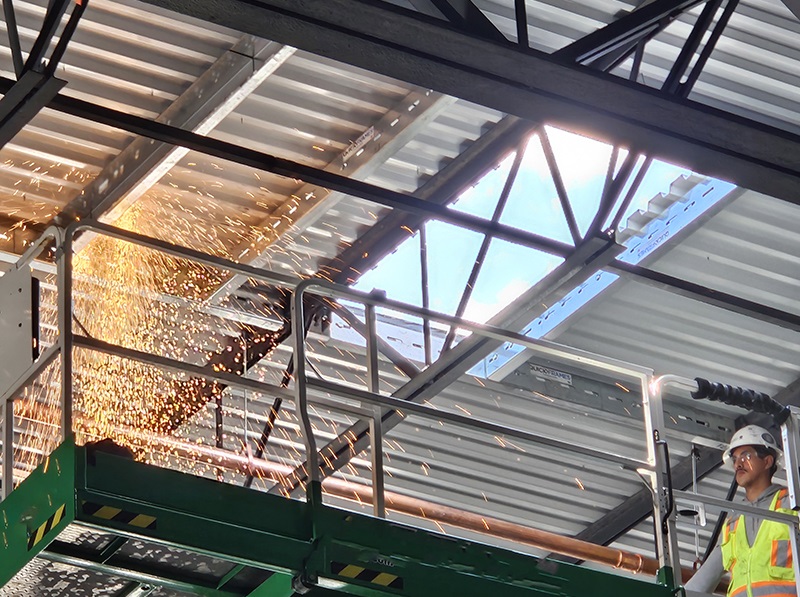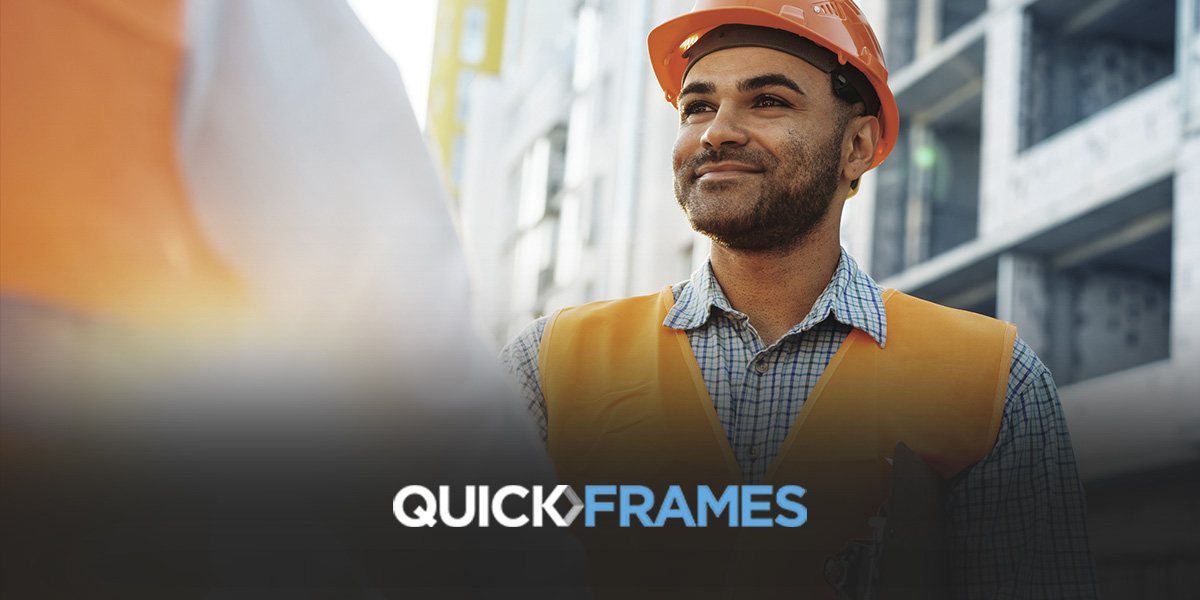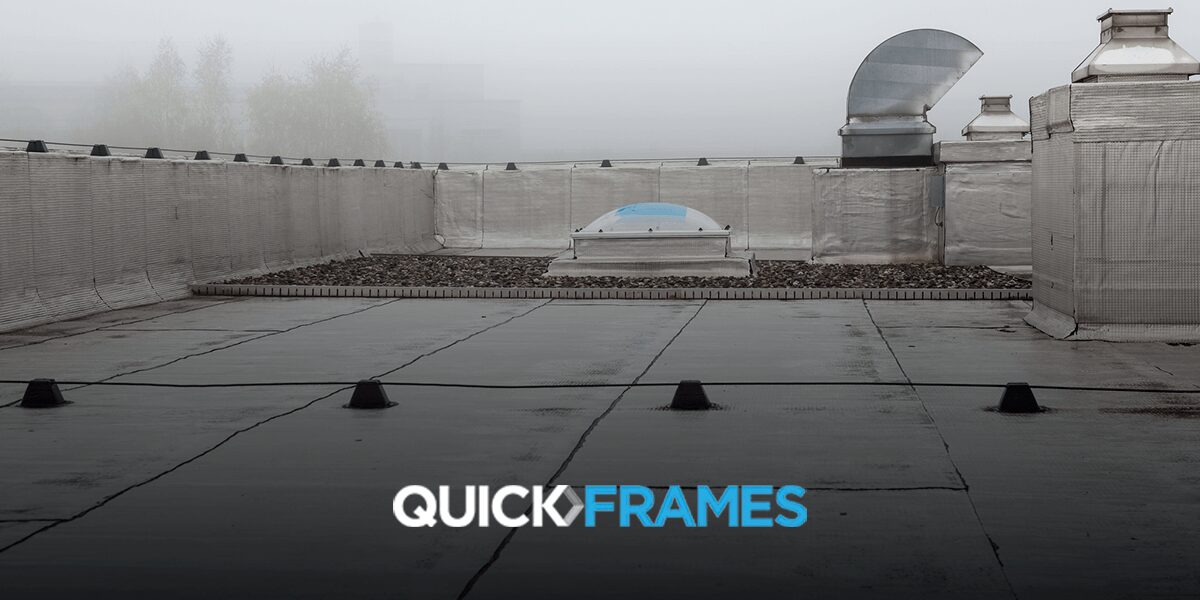How to Boost Efficiency in Commercial Roof Installations

When it comes to commercial roofing, efficiency is the most important.
Meeting project deadlines and staying within budget while ensuring a high-quality installation can be challenging, but a few strategies can go a long way toward streamlining the process. Here’s a guide on how to make your next commercial roof installation as efficient as possible.
1. Pre-Project Planning and Assessment
Before any materials arrive on site, it’s essential to conduct a thorough pre-project assessment. Take the time to:
Review project specifications.
Confirm material availability and lead times.
Identify potential obstacles, such as weather patterns, which might impact the schedule.
Engage in pre-construction meetings with stakeholders to discuss logistics, safety protocols, and timeline expectations.
By identifying potential issues and agreeing on protocols upfront, you reduce surprises that could otherwise slow down the process.
2. Leverage BIM and Digital Tools for Precision
Building Information Modeling (BIM) can be a game-changer in complex commercial roofing projects. With BIM, you can create a detailed, 3D visualization of the roof structure, allowing for:
Enhanced accuracy in planning and material estimation.
The ability to coordinate seamlessly with other trades and avoid clashes.
Real-time adjustments when changes are made to the project design.
If BIM is not feasible, other project management and digital planning tools can help streamline coordination, keep the project on schedule, and enhance communication among the team.
3. Choose the Right Materials for the Job
The selection of roofing materials can significantly impact both the speed and quality of installation. When selecting materials:
Prioritize products that are engineered for ease of installation and durability.
Consider pre-fabricated or modular roofing solutions that can be assembled on-site quickly.
Ensure that you are using high-quality materials to minimize repairs and reduce time spent on fixes.
If your project involves specific challenges, such as high wind or heavy rainfall areas, choose materials designed to withstand these conditions.
4. Utilize Pre-Assembled or Bolt-In Support Frames
One way to speed up the installation process, particularly for structural elements, is to use pre-assembled or bolt-in support frames. Unlike traditional welded frames, these options are often:
Faster and easier to install, reducing labor time.
Safer, as they eliminate the need for on-site welding.
Adjustable, allowing for easy alignment with other building components.
This choice is especially beneficial when it comes to securing equipment on the rooftop, as it can cut down on installation time and provide flexibility for future adjustments.
5. Optimize Your Workforce and Equipment
Efficient roof installations require a skilled, well-coordinated team and the right tools. Tips for optimizing workforce and equipment include:
Dividing labor into specialized teams based on different phases of the project, such as setup, installation, and finishing.
Providing training for all team members on safety protocols and installation techniques.
Ensuring that all equipment is in good working order to prevent delays and enhance safety.
Additionally, having backup tools or a repair plan for key equipment can help prevent costly downtime in case of mechanical failures.
6. Implement Safety Best Practices
Ensuring safety is not only essential for the well-being of workers, but it also promotes efficiency. Accidents can slow down projects and lead to costly setbacks, so establish and enforce safety measures such as:
Using guardrails, harnesses, and safety nets where appropriate.
Conducting daily safety briefings to address potential hazards.
Ensuring that workers have the necessary protective gear and know how to use it.
By proactively managing safety, you can create a more efficient work environment and avoid disruptions.
7. Streamline Material Handling
Time spent transporting and handling materials on-site is often overlooked as a source of inefficiency. To make material handling more efficient:
Arrange materials to be delivered as close to the roof as possible, reducing handling time.
Use mechanical hoists or cranes to lift materials to the roof quickly.
Organize materials in the order they will be used to prevent unnecessary movement and delays.
Reducing the time spent on material handling can streamline the workflow and keep your team focused on the installation itself.
8. Have a Contingency Plan
Unexpected challenges such as sudden weather changes, supply chain delays, or workforce shortages are common in commercial roofing projects. A well-thought-out contingency plan can save you significant time and money. Consider:
Building extra time into the schedule to accommodate delays.
Keeping backup materials on-site for critical components.
Having an alternative supplier in case of a disruption in the supply chain.
Final Thoughts
Efficiency in commercial roof installations comes down to strategic planning, streamlined processes, and proactive problem-solving. By taking advantage of digital tools, using quality materials, optimizing your workforce, and prioritizing safety, you can improve efficiency, deliver high-quality work, and keep your projects on schedule. Consider QuickFrames for your next project as we check the boxes for better efficiency! Give us a call or schedule a lunch and learn to find out how QuickFrames can make significant schedule and budget improvements.
Categories
- Blog



